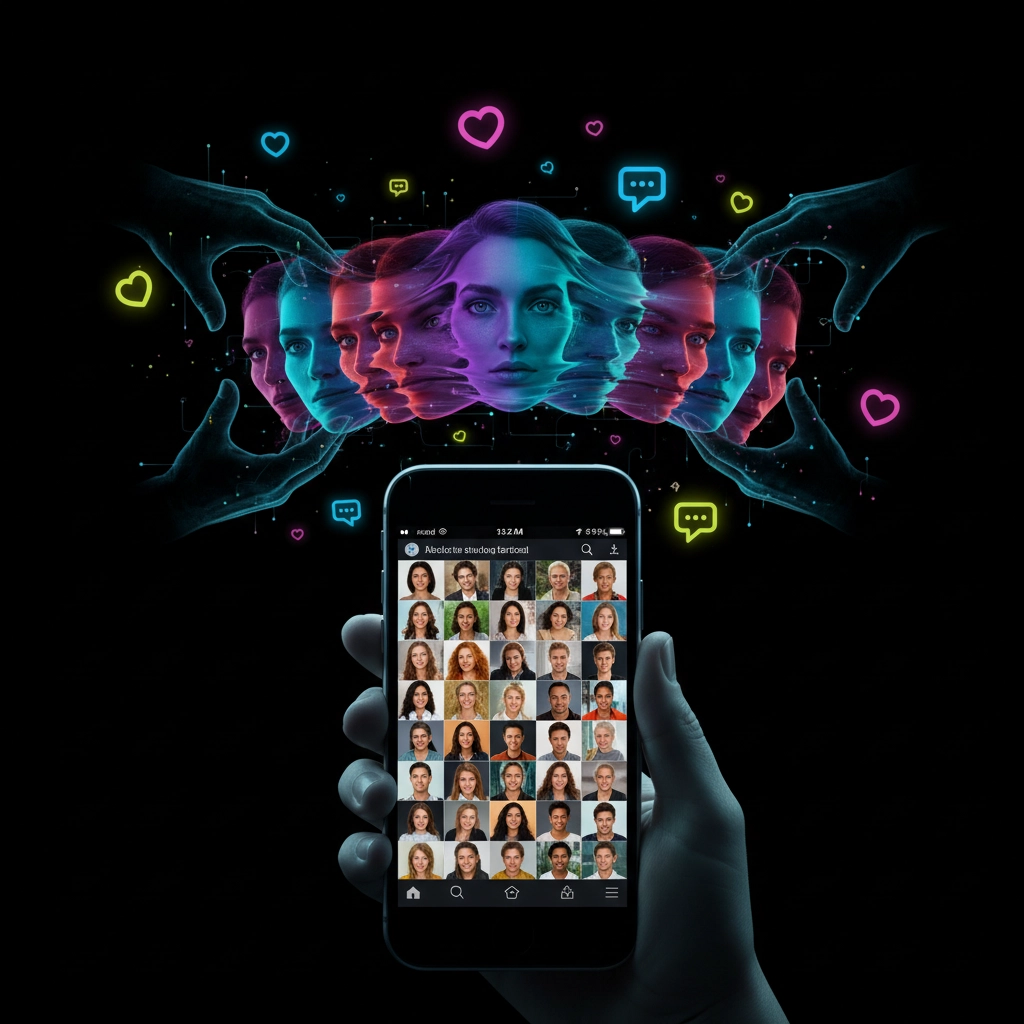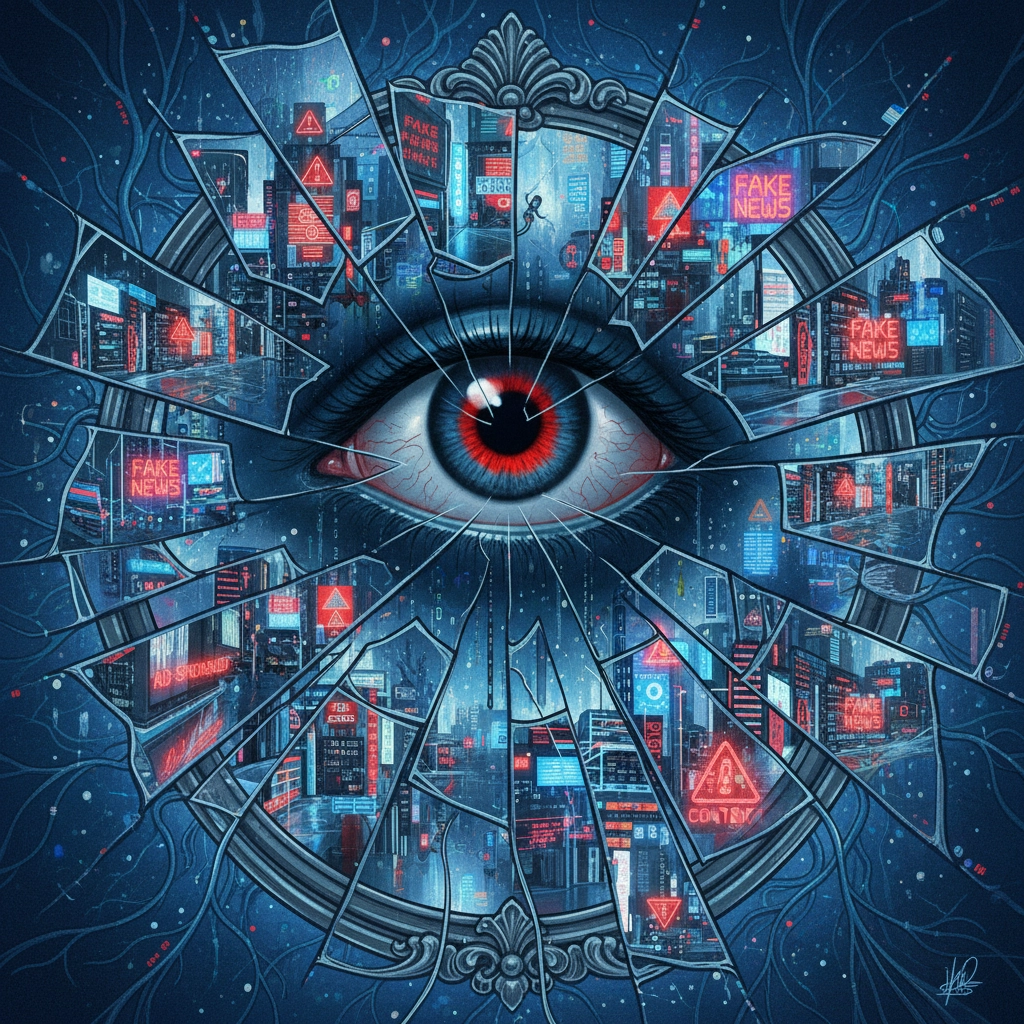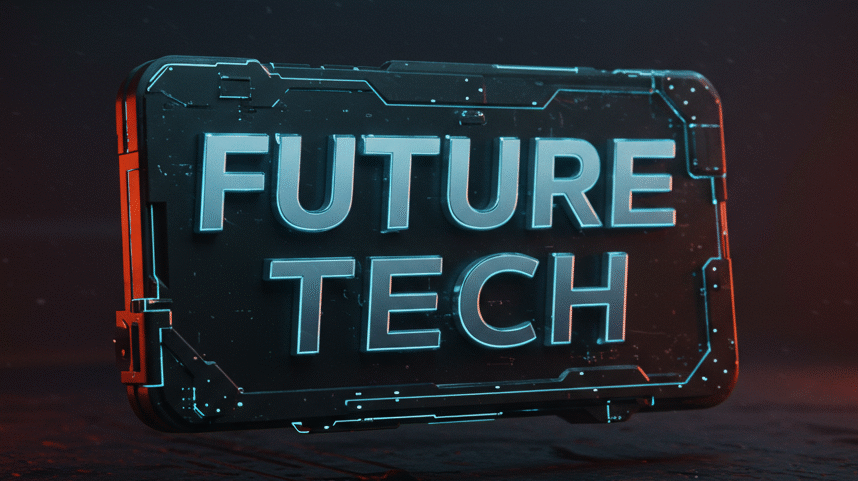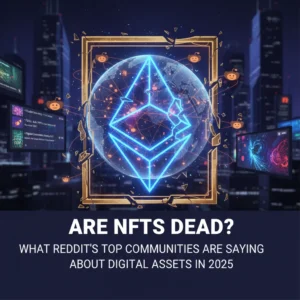Picture this: You're scrolling through social media when you see a video of your favorite celebrity endorsing a sketchy cryptocurrency. The video looks legit – perfect lighting, natural movements, crystal-clear audio. But here's the kicker: it's completely fake.
Welcome to the age of deepfakes, where seeing is no longer believing.
This isn't some distant sci-fi scenario. It's happening right now, and it's affecting everyone from Hollywood stars to your next-door neighbor. In fact, 60% of Americans are "very concerned" about deepfake videos and audio, yet 71% of people worldwide still don't even know what they are.
That's a problem. A big one.
What Exactly Are Deepfakes?
Let's cut through the tech jargon. Deepfakes are AI-generated videos, photos, and audio that swap faces, voices, or entire personas with scary accuracy. Think of it as digital puppetry on steroids.
The technology works like this: AI systems called Generative Adversarial Networks (GANs) pit two neural networks against each other. One creates fake content, while the other tries to spot the forgery. They keep battling until the faker gets so good that it can fool the detector – and eventually, you.

Here's what makes deepfakes so dangerous:
• They're getting cheaper and easier to make
• The quality is improving rapidly
• Anyone with a smartphone can create basic versions
• They can use photos from your social media without permission
• Detection technology can't keep up with creation speed
The process is surprisingly simple. Scammers collect images and videos of their target from social media, feed them into AI software, and let the algorithms do their magic. Within hours, they can make anyone appear to say or do anything they want.
The Million-Dollar Problem That's Already Here
Here's a story that'll make your jaw drop. Earlier this year, a finance worker in Hong Kong received what seemed like a routine video call from his company's CFO. The executive asked him to transfer $39 million for a confidential acquisition.
The worker hesitated – the amount was huge. But he could see his boss on the screen, hear his voice, and even recognized other colleagues in the meeting. So he made the transfer.
You've probably guessed the twist: everyone on that call was a deepfake. The real CFO was probably sipping coffee at home, completely unaware that AI versions of him and his team had just pulled off one of the biggest deepfake heists in history.
This isn't an isolated incident. Deepfake fraud incidents have grown by 700% in the fintech industry alone. Older Americans lost $3.4 billion to various scams in 2023, with deepfakes becoming an increasingly popular tool for criminals targeting this demographic.

But it's not just about money. During the Ukraine conflict, a fake video showed President Zelenskyy telling his troops to surrender – a deepfake designed to demoralize Ukrainian forces and spread Russian propaganda. The video was quickly debunked, but not before it circulated widely on social media.
Why Your Face Could Be Next
"But I'm not famous," you might think. "Why would anyone deepfake me?"
Here's the uncomfortable truth: you don't need to be a celebrity to become a victim. Criminals are using deepfakes for:
- Romance scams (creating fake dating profiles with stolen faces)
- Identity theft (impersonating you to your family or friends)
- Revenge and harassment (creating compromising videos)
- Social media manipulation (spreading false information)
- Voice cloning for phone scams

Your social media presence is basically a training dataset waiting to be exploited. That vacation photo on Instagram? Those family videos on Facebook? All potential fuel for someone looking to create a convincing fake version of you.
I learned this the hard way when a friend called me in panic last month. Someone had created a fake Instagram account using her photos and was messaging her coworkers asking for money. The scammer had even managed to mimic her writing style by scraping her old posts. Thankfully, her colleagues were smart enough to verify before sending anything, but the experience left her shaken.
The scariest part? This technology is becoming more accessible every day. What once required Hollywood-level resources can now be done with free apps and basic computing power.
The Trust Problem We Can't Ignore
Deepfakes create something experts call the "liar's dividend" – when the mere existence of fake content lets people dismiss real evidence as potentially fabricated. It's like crying wolf in reverse.
Politicians can now wave off legitimate scandals by claiming the evidence is deepfaked. Corporations can dispute authentic whistleblower videos. Even in courtrooms, genuine recordings might be questioned simply because deepfakes exist.
This erosion of trust affects everyone. When we can't believe our own eyes, how do we make informed decisions about politics, business, or even personal relationships?

The problem is getting worse as AI tools become more sophisticated. Current deepfake detection technology is playing an endless game of catch-up, like antivirus software trying to stop new malware. As soon as detectors learn to spot one type of fake, creators develop new techniques to fool them.
Major tech companies are investing billions in detection tools, but they're fighting an uphill battle. The same AI advances that help detect deepfakes also help create better ones.
Fighting Back Starts With You
The good news? You're not helpless. Awareness is your first line of defense.
Start paying attention to subtle signs: unnatural eye movements, slight audio sync issues, weird lighting around the face, or expressions that don't quite match the voice tone. Trust your gut – if something feels off, it probably is.
Verify before you share. That shocking video of a politician or celebrity? Check if reputable news sources are covering it. Use reverse image searches to see if photos appear elsewhere online. When in doubt, don't spread it.
Protect your own digital footprint. Review your privacy settings, limit who can see your photos and videos, and think twice before posting content that shows your face clearly from multiple angles.
Most importantly, have conversations about this with your family and friends. The more people understand deepfakes, the harder it becomes for scammers to succeed.
The deepfake revolution is here whether we're ready or not. The question isn't whether this technology will affect your life – it's whether you'll be prepared when it does.
So, what's your plan for navigating a world where you can't always trust what you see?







